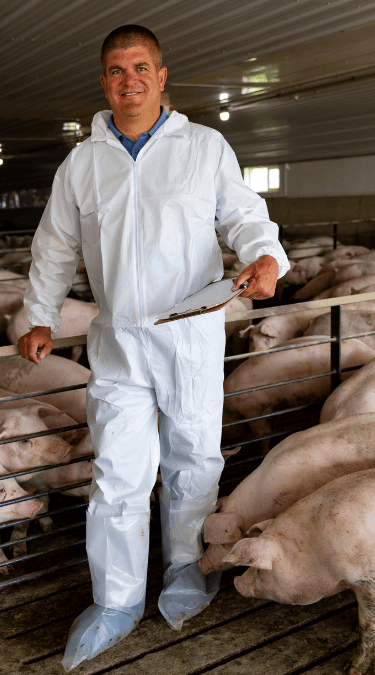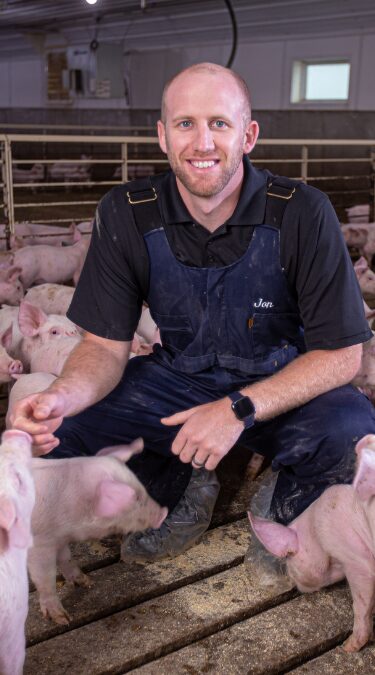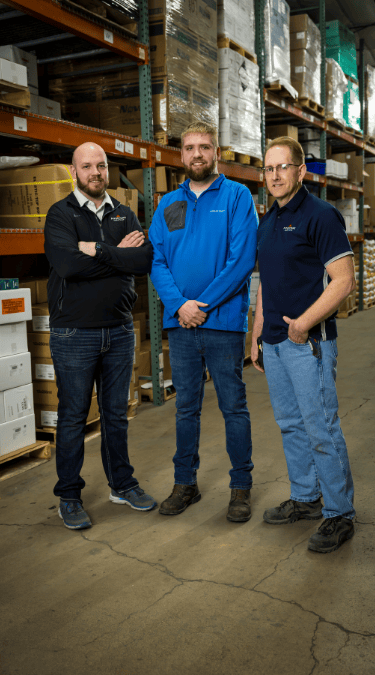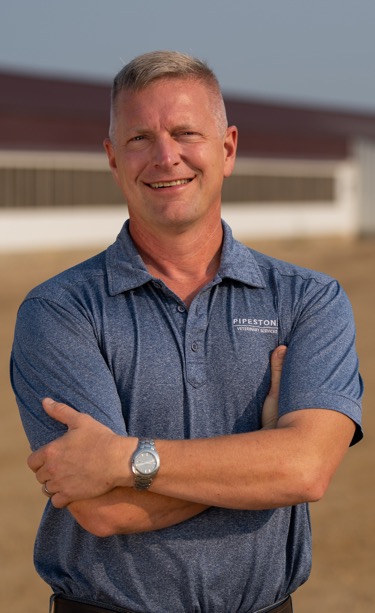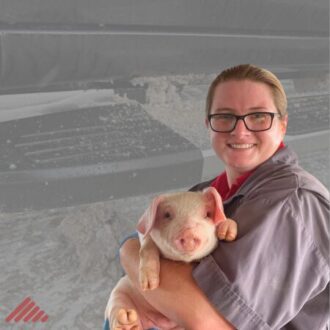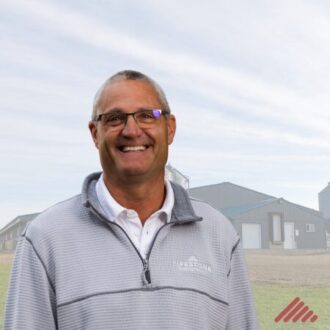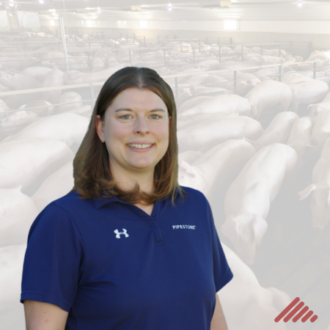Change is often described as inevitable, but in the pig business, it’s more than a reality—it’s a mindset. Embracing change can set the course for progress and success, as demonstrated by one producer’s journey to transform their operation.
This producer owned a 30-year-old, 1,300-head sow unit located in a swine-dense area. The unfiltered unit faced recurring porcine reproductive and respiratory syndrome (PRRS) virus infections every 12 to 18 months. While disease elimination efforts occasionally brought the herd back to a negative status—resulting in high productivity—each PRRS outbreak came with significant challenges:
• Increased Mortality: Wean-to-finish mortality rates of 10-20%.
• Slow Barn Turnover: Filling a 1,200-head barn could take 2-3 weeks, and poor health slowed growth, delaying the time to first market cuts.
• Higher Animal Health Costs.
• Reduced Profits.
• Increased Feed Costs: Higher days on feed (DOF), reduced average daily gain (ADG), and poorer feed conversion (FC).
Over time, these compounding costs and production inefficiencies became unsustainable. Nothing is as painful as staying stuck, and facing mounting losses, the producer began exploring options for a long-term solution.
Evaluating Options
The first step toward meaningful change was identifying practical pathways for improvement. Among the possibilities were:
- Filtering the existing unit (a challenging option due to the farm’s age and design).
- Selling the sow farm and investing in a different facility.
- Shutting down the sow farm and converting it into a wean-to-finish operation.
Using financial modeling, each option was evaluated for its potential impact on profitability. Ultimately, the producer made the difficult decision to close the sow unit, repurpose it as a 2,500-head wean-to-finish barn, and sign a contract with a modern sow farm that was negative to major diseases (pathogenic bacteria, Influenza, PEDV, Mycoplasma hyopneumoniae and PRRS). The contracted sow farm operates in a low swine-density area, is filtered, and provides groups of 1,300 pigs per truck.
The Benefits of Change
While the decision to pivot was not easy, the results speak for themselves. Since implementing the changes, the producer has experienced:
- Lower Wean-to-Finish Mortality. Mortality rates dropped below 5%.
- Faster Barn Turnover. A 1,200-head barn can now fill in a single day, and first market cuts are achieved at just 130 days on feed.
- Reduced Animal Health Costs.
- Increased Profits. More top-grade hogs at marketing and fewer lost opportunities.
- Lower Feed Costs. Improved DOF, ADG, and FC metrics.
The Takeaway
This producer’s willingness to embrace change not only turned their operation around but set them on a path to sustained success. Change doesn’t happen by chance—it’s a deliberate effort. Whether it’s upgrading facilities, adopting new practices, or reevaluating partnerships, small steps toward progress can make a big difference. What changes can you make today to improve the health, efficiency, and profitability of your operation?
